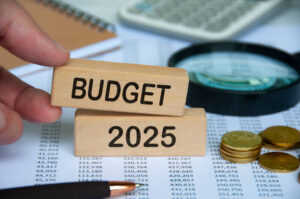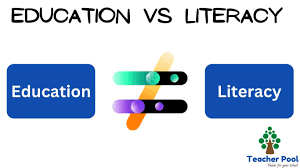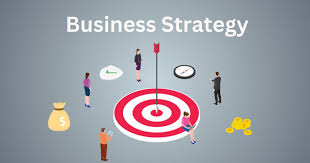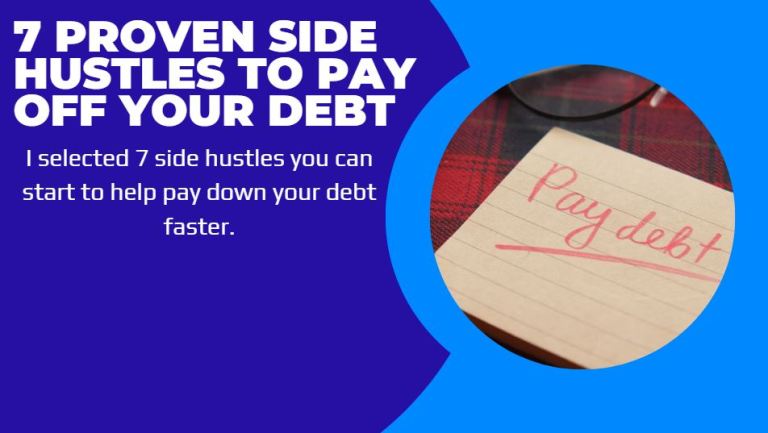Are you tired of drowning in debt? I was once in the same boat—$50,000 in the hole and feeling completely overwhelmed. But guess what? I paid it all off in just two years! In this blog post, I’ll take you through my 12-step journey, packed with actionable advice, engaging stories, and expert insights. Imagine feeling the weight of financial stress lift off your shoulders. What would that freedom mean for you? Let’s dive into how I did it!

Understanding Debt: First, the Basics
What is Debt?
Debt occurs when you borrow money with an agreement to pay it back later. It sounds simple, right? But it can get complicated fast. According to the Federal Reserve, the total U.S. household debt was over $14.96 trillion in early 2023. This staggering figure includes mortgages, credit cards, car loans, and student loans. The average credit card interest rate is about 19.09%, making it very easy to fall deeper into the hole.
Types of Debt
- Secured Debt: This type of debt is backed by collateral (like a house or car).
- Unsecured Debt: This isn’t backed by any collateral, including credit cards and personal loans.
- Revolving Debt: This includes credit cards where you can borrow repeatedly up to a fixed limit.
- Installment Debt: This requires set monthly payments (like a car loan or student loan).
Understanding these categories is essential in your debt strategy.
The Importance of Addressing Debt
Ignoring debt can lead to serious consequences like poor credit scores and even bankruptcy. According to a study by the Urban Institute, about **19.5%** of Americans have debt in collections, a statistic that reflects how widespread this issue is.
Step 1: Acknowledge Your Situation
The first step in my journey was confronting my financial reality. I sat down, listed all my debts, and calculated my total. This was like ripping off a Band-Aid—painful but necessary. Google searches can introduce you to a wealth of budgeting tools and calculators. Simple apps like Mint or YNAB (You Need A Budget) can help you categorize your spending efficiently!
Step 2: Create a Budget
Experts like the Financial Planning Association (FPA) recommend creating a budget to track your expenses. Here’s how to do it:
- List all income sources.
- Subtract total expenses from income.
- Identify discretionary spending: This is where you can save money!
Utilize the 50/30/20 rule: spend 50% on needs, 30% on wants, and save 20%.
Step 3: Set Clear Goals
Having goals can motivate you. Studies from universities show that goals can increase performance by up to 25%. My specific goals included:
– Paying off one debt at a time.
– Saving $1,000 as an emergency fund.
– Learning financial literacy.
Set both short-term and long-term goals to keep you inspired!
Step 4: Choose a Debt Repayment Strategy
There are two popular debt repayment methods:
- Snowball Method
– Pay off the smallest debts first to gain momentum.
– Once one debt is cleared, tackle the next largest.
- Avalanche Method
– Focus on the highest interest rates first.
– Save money in the long run by paying less interest.
I chose the avalanche method to save money!
Step 5: Increase Your Income
Sometimes, budgeting isn’t enough. Boosting your income can make a big difference! Here are some ideas:
– Side hustles like freelancing or selling items online.
– Overtime at your current job, if available.
A report from the Bureau of Labor Statistics indicates that part-time workers earn an average of **$22.75** per hour. That’s some serious cash for extra work!
Step 6: Cut Unnecessary Expenses
Here are ways to eliminate wasteful spending:
– Cook meals at home instead of dining out.
– Cancel unused subscriptions.
– Opt for free entertainment like community events.
According to a study from the University of California, cutting back on discretionary spending can save you an average of **$200-$300** monthly!
Step 7: Find Financial Resources
Use resources like financial blogs, podcasts, and books. Some excellent sources include:
- Dave Ramsey: Known for his straightforward approach to financial recovery.
- The Dave Ramsey Show: A great podcast featuring debt-free success stories.
Utilize libraries for free books—or borrow them digitally via apps like Libby!
Step 8: Build an Emergency Fund
Life happens, and having an emergency fund is crucial. Aim for at least $1,000. According to a survey by Bankrate, about 26% of Americans have no emergency savings at all. Don’t fall into this statistic!
– Start small: Save $20 a week.
– Use a separate savings account to avoid temptation.
Step 9: Stay Mentally Strong
Debt repayment can be exhausting. It’s essential to stay positive! Here’s how:
– Celebrate small victories, such as paying off a single credit card.
– Keep a vision board of your financial goals.
As motivational speaker Zig Ziglar once said, “What you get by achieving your goals is not as important as what you become by achieving your goals.”
Step 10: Seek Professional Help
If your debt feels insurmountable, don’t hesitate to consult a financial advisor or a credit counselor. A study from the National Foundation for Credit Counseling revealed that **50%** of individuals who sought help successfully paid off their debt.
Step 11: Educate Yourself
Knowledge is power! Learn about personal finance through:
– Online courses (Coursera, Udemy)
– Books (check out “Rich Dad Poor Dad” by Robert Kiyosaki)
– Financial podcasts
The more you know, the better decisions you’ll make!
Step 12: Celebrate Your Success
After two years, I stood proudly debt-free! You should celebrate your achievements too, whether big or small. Here are some festive ideas:
– Treat yourself to a nice dinner.
– Take a mini-vacation.
– Buy that item you’ve been wanting—but only if it fits your budget!
FAQs
Q1. Can I really pay off debt in two years?
A: With the right strategy, yes! Many have successfully completed significant debt reduction in even less time. It requires commitment.
Q2. What if I have bad credit?
A: Even with bad credit, you can reduce your debt. Focus on payment plans with low-interest rates and cooperative lenders.
Q3. How much should I save for emergencies?
A: Aim to save at least 3-6 months of living expenses in an emergency fund.
Q4. What’s the first step I should take?
A: Begin by creating a realistic budget and evaluate your financial situation.
Finishing my two-year journey paid off a stunning $50,000 of debt was exhilarating! Through these 12 steps, I regained my financial freedom and learned essential skills along the way. You can do it too—one step at a time, with patience and perseverance. Just think about the relief of being debt-free. What’s stopping you from starting your journey today?
—
For more resources and the latest financial trends, check out links like [National Endowment for Financial Education](https://www.nefe.org) and [The U.S. Department of Education’s resources on student loan repayment](https://studentaid.gov/manage-loans/repayment).
Let’s embark on this journey together! What step will you take first?











xi2xxc
uoivj1
m9k63j